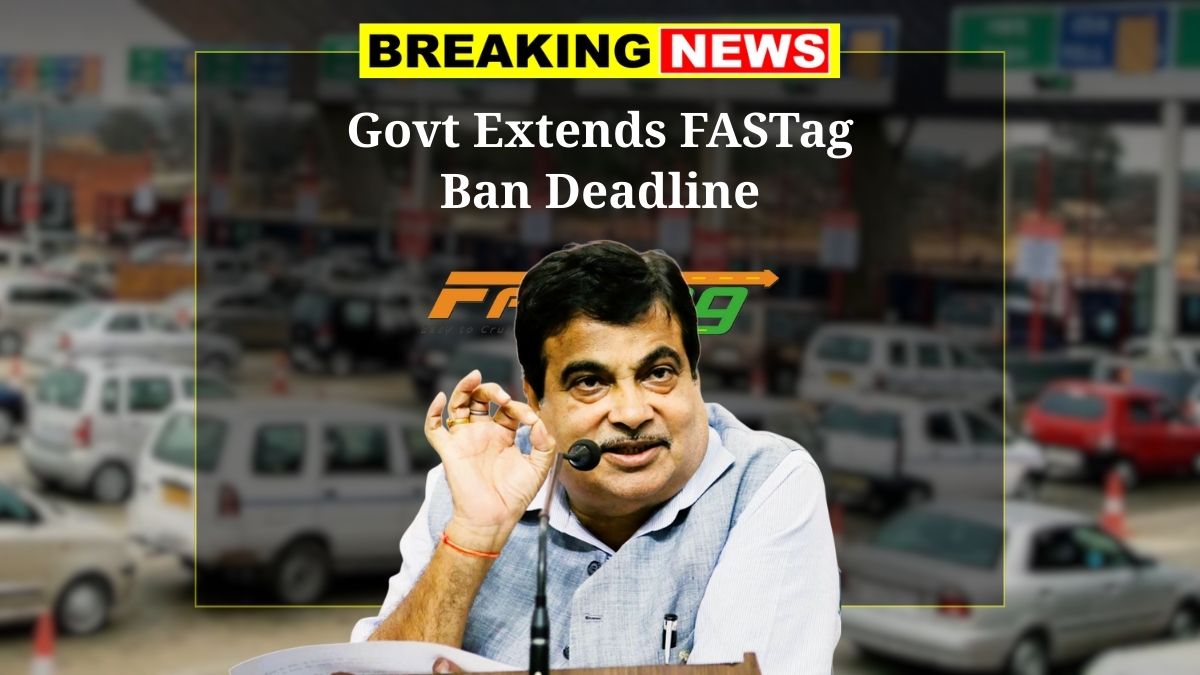GNSS Toll System : In a major step towards modernizing India’s toll collection system, the government has announced that it will phase out the existing FASTag system in favor of a new, more advanced technology: the Global Navigation Satellite System (GNSS). This shift aims to streamline toll collection, reduce traffic congestion, and provide a more efficient, accurate experience for commuters on India’s highways.
What is GNSS-Based Tolling?
GNSS-based tolling uses satellite technology to track a vehicle’s movement and calculate toll charges based on the exact distance traveled on toll roads. Unlike the FASTag system, which relies on RFID technology to scan vehicles at toll booths, GNSS allows for a contactless tolling process without the need to stop at toll plazas. This seamless system promises to make travel smoother and more efficient for drivers.
Key Features of the GNSS Tolling System
Distance-Based Charging: One of the most notable features of GNSS tolling is that toll charges are based on the actual distance traveled on toll roads. This ensures fairer charges, as drivers will only pay for the roads they use, rather than a flat rate.
No Need for Toll Booths: Traditional toll booths, which often cause traffic congestion and long waits, will be eliminated. With GNSS, the tolling process is automated and takes place in real-time, allowing vehicles to continue moving without interruption.
Automatic Exemptions: Vehicles that travel less than 20 km per day on toll roads will be exempt from toll charges, a feature that previously required manual applications for exemptions.
Transparency and Security: GNSS tolling ensures accurate toll collection by using satellite-based technology and onboard units (OBUs) in vehicles. This reduces the risk of toll evasion and enhances transparency.
Implementation Timeline
The Ministry of Road Transport and Highways (MoRTH) has outlined the following key dates for the transition to GNSS-based tolling:
- June 30, 2025: The deadline for the complete discontinuation of the FASTag system.
- July 1, 2025: All vehicles must have GNSS OBUs activated to continue using toll roads.
- Post-June 2025: Vehicles without GNSS OBUs will face penalties, including double toll charges and the possibility of being blacklisted from toll roads.
How to Transition to GNSS
Switching to the GNSS toll system is straightforward. Here’s how vehicle owners can make the transition:
- Visit an Authorized Installation Center: Find a certified center to have the GNSS OBU installed.
- Provide Documents: Submit your vehicle registration and ID proof.
- Install the OBU: The device will be installed in your vehicle’s dashboard.
- Link to Digital Wallet: Connect your OBU to a digital wallet for hassle-free toll payments.
- Verify Activation: Ensure that the OBU is activated and functioning properly.
Cost and Availability
The cost of GNSS OBUs varies depending on the provider:
- NHAI Official: Approximately ₹2,500 with an installation time of 1 hour.
- Paytm Mobility: Around ₹2,200 with installation in 30 minutes.
- HDFC Bank Tie-Up: Approximately ₹2,350 with installation in 1 hour.
- Private Vendors: Prices range from ₹2,000 to ₹3,000, with varying installation times.
These OBUs are available at installation centers across India, including major cities and highway hubs.
Penalties for Non-Compliance
After the transition deadline, vehicles that do not have a GNSS OBU installed will face several penalties:
- Double Toll Charges: Vehicles using manual processing at toll plazas will incur higher fees.
- Blacklisting: Vehicles may be blacklisted, preventing access to toll roads.
- Legal Consequences: Non-compliance could lead to potential legal actions.
The switch to GNSS-based tolling is a major leap forward for India’s transportation system. By using satellite technology for toll collection, the government aims to create a more efficient, transparent, and user-friendly experience for commuters. Vehicle owners are encouraged to install GNSS OBUs before the deadlines to avoid penalties and be part of this exciting modernization initiative.





